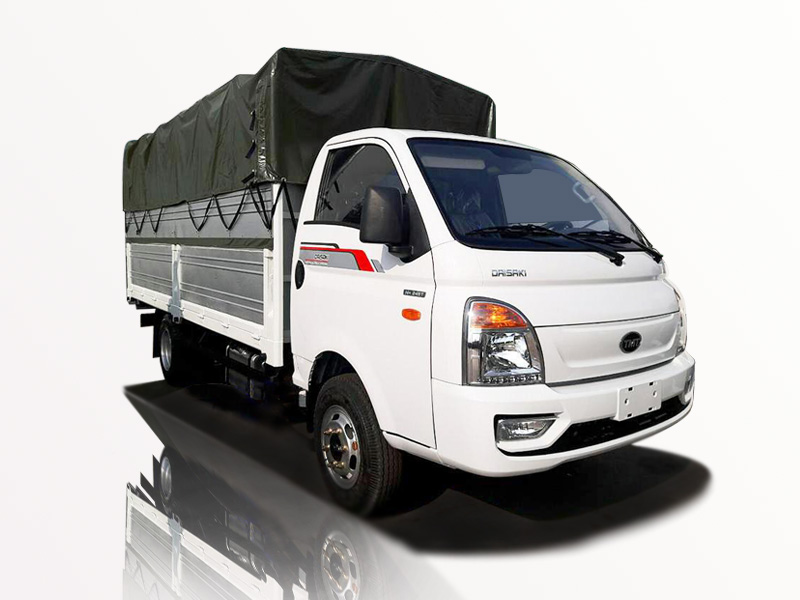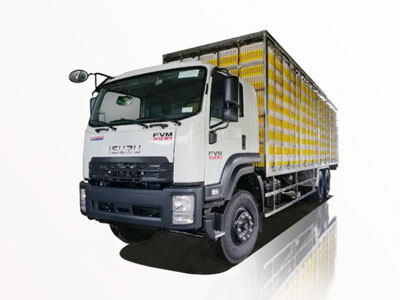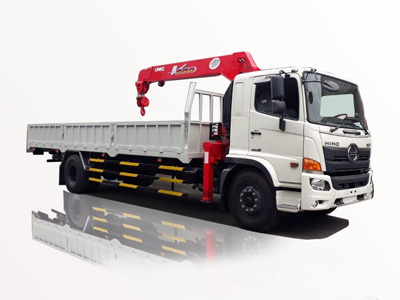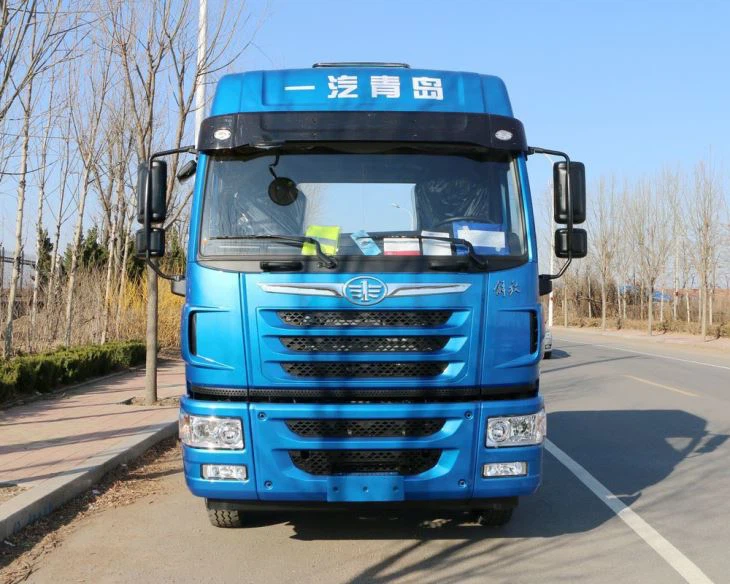Concrete trucks are vital to modern construction and infrastructure development. Understanding how they work, their components, and their importance is essential for anyone interested in construction, engineering, or even DIY projects. This comprehensive article will explore everything you need to know about being inside a concrete truck, from its construction and operation to safety measures and maintenance.
Table of Contents
- What is a Concrete Truck?
- Types of Concrete Trucks
- Components of a Concrete Truck
- How Concrete Trucks Work
- Inside a Concrete Truck: The Experience
- Safety Measures When Inside a Concrete Truck
- Maintenance of Concrete Trucks
- Practical Tips for Using a Concrete Truck
- Frequently Asked Questions
What is a Concrete Truck?
A concrete truck, also known as a concrete mixer truck, is a specialized vehicle designed to transport and mix concrete. The truck’s primary function is to deliver ready-mixed concrete from the batch plant to construction sites. They are equipped with a rotating drum that mixes the concrete ingredients, ensuring a uniform consistency by the time it reaches its destination.
Importance of Concrete Trucks
Concrete trucks play a crucial role in the construction industry. They offer the following benefits:
- Efficiency: Delivering concrete on-site reduces labor costs and increases productivity.
- Quality Control: Ready-mixed concrete ensures consistent quality and proper temperatures.
- Flexibility: They can deliver to challenging locations, making them essential in urban and rural construction projects.
Types of Concrete Trucks
Understanding the various types of concrete trucks helps in selecting the right vehicle for specific projects. Below are the primary categorizations:
1. Transit Mixers
Transit mixers are the most common type of concrete trucks. They are equipped with a rotating drum on the back, which keeps the concrete mixed and ready for pouring during transportation.
2. Volumetric Mixers
Volumetric mixers can be seen as mobile batch plants. They can mix concrete on-site and are preferred for jobs requiring different concrete mixes at various stages of the project.
3. Front-Discharge Mixers
These mixers have a unique design that allows for the pouring of concrete from the front. This design offers improved control over the flow of concrete during the discharge process.
4. Concrete Conveyor Trucks
Concrete conveyor trucks transport concrete to hard-to-reach locations using an extendable conveyor belt, making them ideal for projects with limited access.
Components of a Concrete Truck
Concrete trucks have several key components that ensure their efficiency and effectiveness. Understanding these components helps in recognizing their operation:
1. Drum Mixer
The drum mixer is the core of a concrete truck. It rotates to mix concrete ingredients and is designed to allow for easy unloading.
2. Chassis
The chassis supports the entire truck. It contains the engine, transmission, and axles, determining the truck’s load capacity and overall performance.
3. Water Tank
A water tank is essential for adjusting the concrete’s consistency during transportation. It allows drivers to add water on-site if needed.
4. Control Panel
The control panel inside the driver’s cabin allows operators to monitor the mixing process and control the discharge of concrete.
5. Pump
In some trucks, a pump is included to assist with the delivery of concrete, especially in difficult terrain.
How Concrete Trucks Work
Concrete trucks are designed with specific features that enable them to perform their tasks effectively. The process can be broken down into various stages:
1. Mixing Ingredients
Concrete trucks are loaded with raw ingredients—cement, water, sand, and aggregates—at a batch plant. The truck’s drum starts rotating to mix these ingredients properly.
2. Transportation
Once mixed, the concrete is transported to the job site. The rotation of the drum prevents the concrete from hardening prematurely.
3. Discharging Concrete
Upon arrival, the truck parks at the specified location. The driver then engages the discharge process, allowing the concrete to flow from the drum via the chute.
Inside a Concrete Truck: The Experience
Being inside a concrete truck, whether as a passenger or operator, can be an interesting experience. The cab is designed for comfort and efficiency, often equipped with:
1. Driver’s Cabin
The driver’s cabin is spacious and often includes ergonomic seating, a control panel, and visibility features that aid in maneuvering the truck safely.
2. Safety Measures
Trucks include safety features like airbags, reinforced frames, and an advanced braking system. Understanding these features is essential for a safe experience.
3. Monitoring Systems
Many modern concrete trucks have onboard computer systems that provide live data on the mix’s temperature, consistency, and remaining capacity, ensuring precise control during delivery.
Practical Example: A Day with a Concrete Truck Driver
Imagine a day in the life of a concrete truck driver. Early in the morning, the truck is filled with freshly mixed concrete at a batch plant. The driver must then navigate through city traffic, ensuring that the concrete maintains its ideal temperature and consistency until it reaches the construction site. Once there, the driver carefully manages the discharge to ensure an even pour, perhaps while communicating with onsite workers about the best placement for the concrete.
Safety Measures When Inside a Concrete Truck
Safety is paramount when operating or being inside a concrete truck. Here are key measures to consider:
1. Personal Protective Equipment (PPE)
Wearing the appropriate PPE, such as hard hats, gloves, safety glasses, and steel-toed boots, is crucial when working near or inside a concrete truck.
2. Training and Licensing
All drivers should undergo training specific to operating concrete trucks, and they must possess a valid commercial driver’s license (CDL) to ensure safety and compliance with regulations.
3. Vehicle Inspections
Regular inspections of the vehicle’s components, especially the drum and braking systems, help to prevent accidents and mechanical failures. Drivers should perform these checks before each shift.
Maintenance of Concrete Trucks
To ensure longevity and reliability, concrete trucks require regular maintenance. Here are essential maintenance practices:
1. Daily Checks
Drivers should perform daily checks of engine oil, fuel levels, brake fluid, and tire pressure to catch any issues early and ensure optimal performance.
2. Weekly and Monthly Maintenance
Trucks should undergo more thorough inspections, which may include checking the mixing drum for wear, cleaning the hydraulic systems, and inspecting the chassis for any signs of fatigue or damage.
3. Professional Servicing
Employing certified mechanics for routine maintenance and repairs is crucial to keeping the truck in top condition and complying with safety regulations.
Practical Tips for Using a Concrete Truck
Using a concrete truck effectively involves several best practices:
1. Plan the Route
Always plan your route to avoid obstacles such as low bridges and heavy traffic areas, which can delay the delivery schedule and impact concrete quality.
2. Communicate with the Team
Maintain clear communication with the construction team to ensure you understand their needs regarding the timing and quantity of concrete pouring.
3. Monitor Weather Conditions
Extreme weather can impact the quality of concrete. Understanding weather patterns before scheduling concrete deliveries can help mitigate risks.
4. Keep the Drum Clean
After each use, clean the drum thoroughly to prevent concrete buildup. This maintenance is vital for efficient operation and prolonging the drum’s life.
Frequently Asked Questions
1. What is the capacity of a typical concrete truck?
Most concrete trucks can carry between 8 to 12 cubic yards of concrete, depending on the model and specifications.
2. How long can concrete stay in the truck?
Concrete should ideally be poured within 90 minutes to prevent setting. Factors like temperature and the type of concrete mix can affect this timeframe.
3. Can concrete trucks operate in winter?
Yes, but special precautions must be taken, such as using hot water in the mix and ensuring that concrete additives that improve flow in cold conditions are used.
4. Are there special driving requirements for concrete trucks?
Yes, drivers need a commercial driver’s license (CDL) and specific training in handling larger vehicles and mixing processes.
5. What should I do if the concrete starts to harden in the drum?
If the concrete begins to harden, do not attempt to force it out of the drum. Contact your supervisor for advice on how to proceed or avoid this situation altogether through proper timing and temperature control.
6. How is the quality of concrete ensured during transportation?
Concrete quality is maintained through proper mixing, temperature control, and transport logistics, ensuring the mix remains workable by maintaining consistent rotation during delivery.



